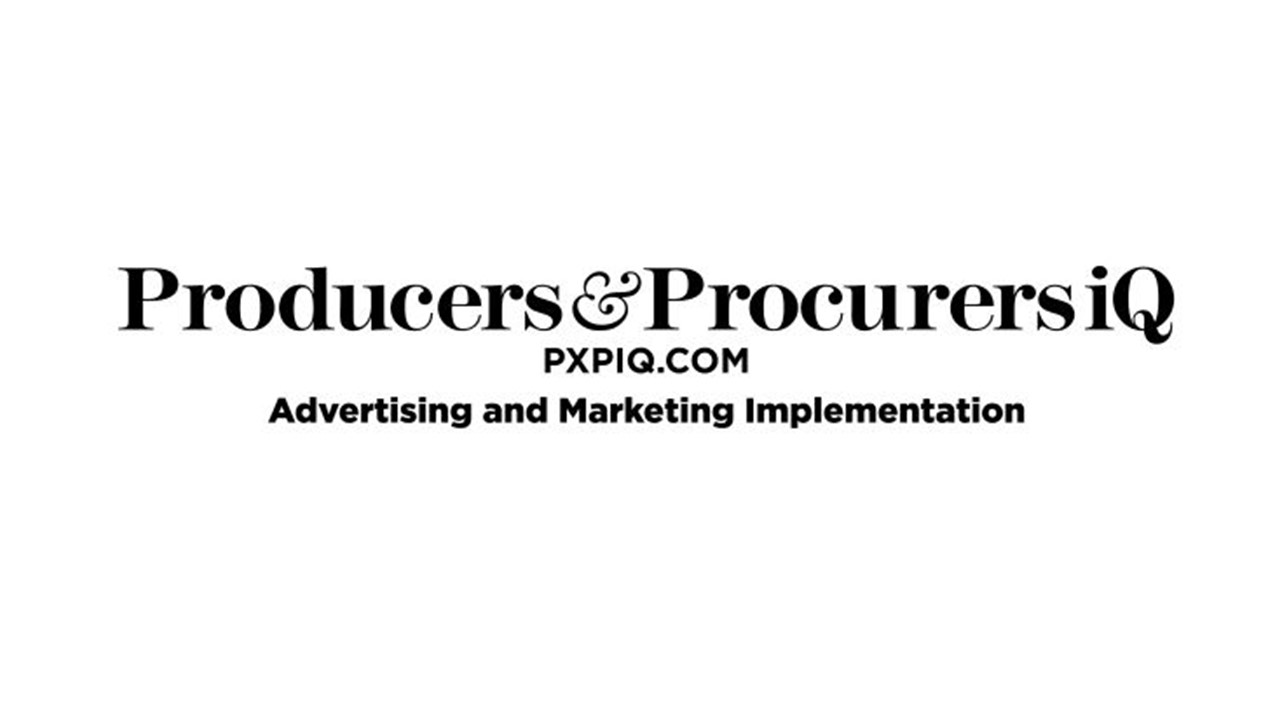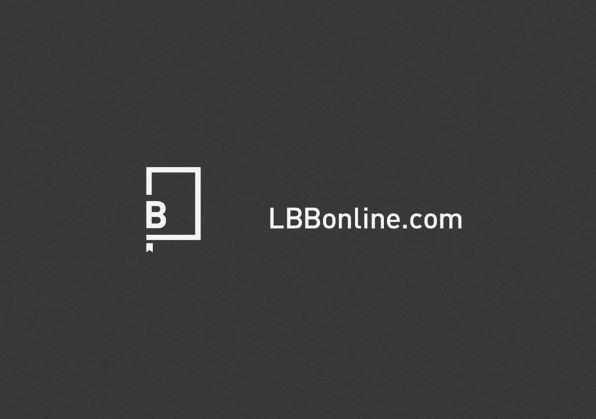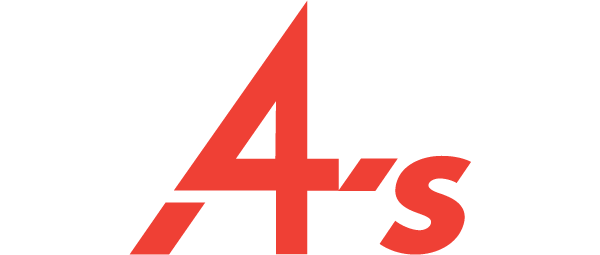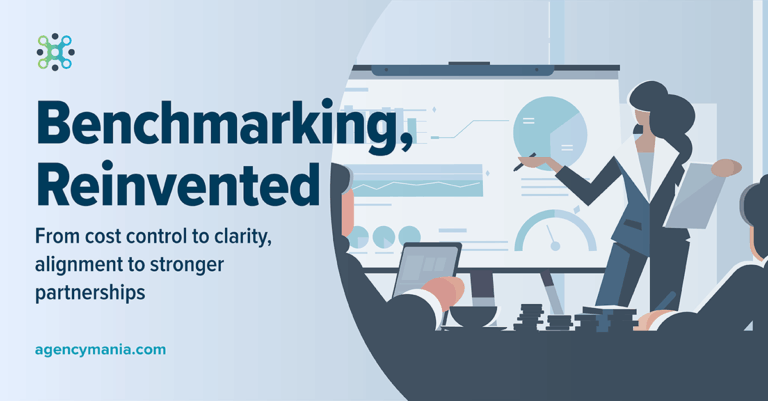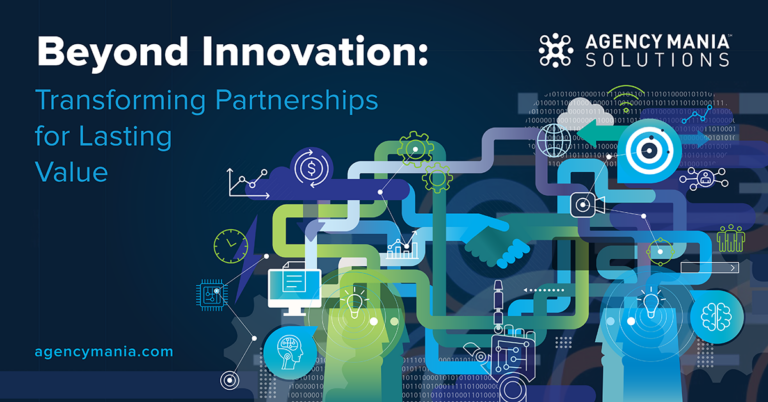Will your account be in review in 2022? Let’s look back at 2021 roster changes, what we learned from them, and what it means to you—as a client or an agency—in the year ahead.
— Read our article posted on Producers & Procurers iQ —
— Read our article posted on LBBonline —
— Read our article posted on 4A’s —
As we confine ourselves in our home offices, it sure doesn’t seem to deter us from pursuing new relationships or solidifying existing ones. A recent NPR story suggests that “wedding venues are completely booked for the next three years” with an estimated 2.5 million weddings planned for 2022. On the business relationship front, the concept of “tying the knot” is certainly not new in advertising but technically speaking, and unlike those between humans, client/agency relationships rarely last more than a few years. They also have been on the decline in recent years. Brand advertisers continually assess and reexamine their agency relationships to find the perfect match to their ever-changing needs. Looking back, 2021 was no exception, with a vast number of competitive reviews and account changes. Let’s look at the major breakups and new partnerships formed and, more importantly, what it means for you this year.
Top Agency Wins (and Breakups)
Some agency breakups are noteworthy because of the sheer size of the account or due to the length of the relationship, some of which are a decade long or more. That was the case for Fruit of the Loom, which selected GSD&M as its media and creative Agency of Record (AOR), replacing incumbent CPB following a decade-long relationship. High-end kitchen appliance maker Sub-Zero Group selected IPG-owned Huge as its AOR, replacing 20-year incumbent agency The Richards Group. Airline JetBlue selected Omnicom’s adam&eveDDB as its new creative AOR, replacing 11-year incumbents IPG and MullenLowe. The selection of MDC Partners’ Anomaly as the creative AOR for Denny’s, replacing 12-year incumbent EP+Co was another strong example.
Yet as the expression goes, “One person’s loss is another person’s gain.” Well, the musical chairs game is something we are all quite familiar with in advertising. Agencies compete aggressively during account reviews. Incumbent agencies are notified that the account is going under review for reasons often associated with new ambitions for the brand or some bold objectives. Most incumbent agencies will defend, although research suggests that an incumbent’s chance of successfully defending an account is only in the 10-20% range. When it does happen, it’s worth noting: For example, fashion retailer H&M decided to retain Universal McCann, its AOR since 2016, for US media planning and buying duties. Another poignant example is the US Navy, which awarded a second consecutive five-year contract (estimated at $455 million) to WPP’s VMLY&R as its creative AOR and retained Wavemaker to handle paid media buying and planning.
Sometimes the incumbent agency even expands on the partnership following a review. That was the case for Bayer, which selected MediaCom (and part of WPP’s Team Bayer) as its new global media AOR, following a review of its $800 million account. The WPP agency previously handled most of Bayer’s media planning and buying in 65 markets but has expanded its relationship to remaining markets, replacing other incumbents PHD and dentsu. For large brands, it’s also adjusting key assignments within a given roster. That was the case for Unilever (Knorr, Dove, AXE, Ben & Jerry’s, and many other brands) when the brand completed its $3.3 billion media review with incumbent WPP retaining the account in major markets. Omnicom’s PHD, IPG’s Initiative, and Havas Media still won markets from WPP and others.
However, statistically, chances are high that a brand will select a new agency following such a competitive review. We know the drill. Agencies are invited to present their capabilities—now increasingly via Zoom-type calls—and when the music stops abruptly and most chairs have been eliminated, only one player remains as the winner. The honeymoon phase then starts—an opportunity to apply learnings from the past and start on fresh ground. This is what happened to many top brands this year. Here is my selection of the top 2021 agency wins (and breakups):
- Winner: Publicis Groupe. Breakup: Haworth. The retailer giant selected Publicis Groupe as its new media planning and buying AOR in the US, in a review considered to be one of the largest of the year, replacing five-year-long incumbent WPP-backed Haworth. The agency will handle media strategy, planning, buying, and partnerships, and collaborate with roster agencies Deutsch LA and FCB.
- Winner: Publicis Groupe. Breakup: MediaCom. Stellantis (Chrysler, Dodge, Jeep, Ram, FIAT, Alfa Romeo, Abarth, Lancia, Maserati, Citroën, DS, Opel, Peugeot, and Vauxhall) selected Publicis Groupe as its media planning and buying AOR. Publicis was the incumbent on the Fiat-Chrysler account since 2016, and WPP’s MediaCom was the incumbent for PSA Group since 2017. As part of the $2.4 billion review, the brand consolidated all 14 Stellantis brands.
- Coca-Cola Company. Winner: WPP. Breakup: Various. Coca-Cola Co. (Coca-Cola, Fanta, Sprite, Powerade, Dasani, etc.), after a year-long review, selected WPP as global marketing network partner, forming an integrated bespoke team called OpenX. WPP will handle creative and media in eight of its nine geographical operating units. Coca-Cola worked with 4,000 agency partners across the globe, including W+K, Anomaly, McCann, and IPG’s UM.
- Mercedes-Benz. Winner: Omnicom Group. Breakup: Publicis Groupe. Mercedes-Benz consolidated its media and creative business with Omnicom Group, following a review that created a dedicated unit called “Team X,” replacing incumbent Publicis Groupe (and its dedicated, Berlin-based unit called Publicis Emil). Omnicom’s OMD was the global media AOR and US creative AOR (via Merkley & Partners).
- The Home Depot. Winner: OMD. Breakup: Carat. The Home Depot selected Omnicom Media Group shop OMD as its new US media AOR, following a review, replacing 10-year incumbent dentsu’s Carat. The brand also selected Omnicom’s BBDO as its new creative AOR, following a review, replacing 25-year incumbent The Richards Group.
- Meta (formerly Facebook). Winner: Spark Foundry. Breakup: WPP & dentsu. Meta selected Publicis Groupe’s Spark Foundry as its new global media planning and buying AOR across all of its brands (Facebook, Oculus, WhatsApp, Instagram, etc.), replacing incumbents WPP and dentsu. The agency will steer the brand’s worldwide ad spending of $2.26 billion.
- Winner: Omnicom. Breakup: dentsu, WPP, Havas. Philips consolidated its $300 million integrated account with Omnicom for global creative, media, and communication duties, replacing incumbents dentsu, WPP (WPP’s Ogilvy held the creative account since 2011), and Havas. Omnicom built a bespoke team led by TBWA for creative, OMD for media, and FleishmanHillard and Ketchum for communications, and with resources from Interbrand, Critical Mass, and Omnicom Precision Marketing Group.
- Chanel. Winner: OMG. Breakup: GroupM. Chanel selected Omnicom Media Group as its new global media planning and buying AOR, following a review and replacing two-decade-long incumbent WPP’s GroupM, which had a dedicated unit to serve Chanel.
- T-Mobile. Winner: Initiative. Breakup: Essence. T-Mobile (which includes its Sprint business) selected Interpublic Group of Cos.’ Initiative as its new media planning and buying AOR, replacing incumbents GroupM’s Essence (for digital media), Horizon Media (for Sprint) and Publicis Media (Spark Foundry for offline media). The media account is estimated to be worth $2 billion. Horizon Media retains the Boost account.
Notable Agency Reviews and Trends
Some of these reviews are illustrative of trends in the marketplace, giving us some insight as to what’s to come in 2022 and beyond. Here are a few worth highlighting:
- First-time-ever AOR relationships: Many brands have never had an AOR relationship per se, operating on a project-based basis, often with multiple agency partners. Recent examples of brands setting up their first-ever AOR relationship: Children’s sock brand Pals Socks selected Terri & Sandy as its first AOR. Cruise, the autonomous driving company majority-owned by General Motors, selected Pereira O’Dell as its first AOR. Lululemon’s Mirror, the interactive home fitness brand lululemon acquired, selected Known as its first AOR. Global energy firm Enphase Energy selected Droga5 New York as its first global creative and media AOR. Natural household and personal care company Grove Collaborative selected San Francisco-based and Havas-owned shop Camp + King as its first ever AOR. And there are many others.
- Dedicated holding company teams: Planet Fitness hired Publicis Groupe as its new AOR, following a consolidation pitch, replacing 16 incumbent agencies. The holding company created a new dedicated agency called Team Lift. Cigna also consolidated its marketing services account with the Interpublic Group, which created a bespoke cross-holding-company team, “Team Unleash,” comprised of resources from McCann Worldgroup, R/GA, Initiative, Acxiom, Kinesso, and others.
- Joint venture concepts: Jaguar Land Rover (JLR) selected Accenture Interactive as part of a bespoke marketing model, also involving Spark44, which is designed to enable a radical digitalization of JLR’s marketing. Spark44 was built in 2011 as a global client-agency joint venture. The Federal Emergency Management Agency (FEMA) selected Resilience Action Partners (RAP), a joint venture between Ogilvy and engineering and consulting firm Michael Baker International. RAP, operated out of Ogilvy’s DC office, retains the $250M business for another five years. The joint venture will handle advertising, PR, innovation, health, experience, and behavioral science.
- Specialty AOR competencies like Social, Culture or TikTok: Mozilla (Firefox web browser) selected Knoxville-based independent agency Tombras as its Social Media AOR. Taco Bell selected full-service, lifestyle-marketing shop Cashmere as its first “culture” AOR with the goal to grow its youth consumer base and build authentic connections with diverse and multiethnic audiences. The agency will handle cultural brand strategy and integration throughout the Taco Bell organization. Fast-food chain Jack In The Box selected Generation Z Media content company Kyra Media as its AOR for TikTok campaigns.
- Focus on multicultural AOR: American Airlines selected Los Angeles-based agency Walton Isaacson as its multicultural AOR. The agency will handle creative strategy, brief development, and campaign development including creative concepts, video content and social influencer ideas, and collaborate with creative AOR Crispin Porter + Bogusky and media AOR MediaCom. Hyundai Motor America selected independent, Maryland-based agency Culture Brands as its African American AOR.
- Skipped reviews: Google consolidated its global media account with WPP’s Essence without a review to simplify its relationship with the agency, replacing incumbent Omnicom Media Group which handled offline media in the process. The brand has worked with Essence for digital and programmatic media buying for more than a decade.
- Zoom-only reviews: Sam’s Club selected WPP’s VMLY&R as its first AOR, following a review conducted entirely over Zoom. The brand worked for years on a project basis with creative shops that included The Via Agency, Strawberry Frog, and MDC Partners’ MONO.
- In-house agency collaboration: Online photo service company Shutterfly selected Mischief @ No Fixed Address as its AOR. The agency will collaborate with Shutterfly’s 60-person in-house marketing team, which handles day-to-day operations such as social media and influencer partnerships.
What to Expect in 2022?
The musical chair dance will continue in 2022, without a doubt, driven by some of the trends I mentioned previously. Dynamic sectors like the auto, retail, finance, and pharma industries will continue to drive much of the roster change activity. The honeymoon phase of these new relationships will also come to an end. As they mature, both parties will need to carefully examine if they are getting the value they expected from the relationship.
It’s impossible to look at that long list and not ask yourself: How many of these breakups were preventable? How many of these new relationships will succeed?
Some reviews are systematic, on a pre-determined schedule, by contract or by policy. Other reviews are strategically held to address a business gap, a change of corporate strategy, a change of management, or a major company move (consolidation, refocus, acquisition, reorganization, etc.). Some competitive reviews are simply the result of a fast-deteriorating relationships that do not yield strong, sustained performance. In some instances, this is symptomatic of a process failure: not having an adequately strong performance management system in place like a bi-annual, 360-degree performance evaluation to identify improvement opportunities and institutionalize action planning that drives mutual accountability in the partnership. Given the expense and efforts involved with such reviews, there is no excuse for failing to have a robust process to steer the relationship and drive greater partnership value.
By Bruno Gralpois, Author/Speaker, Thought-provocateur, Client/Agency Guru, Entrepreneur, Innovator
January 20, 2022


